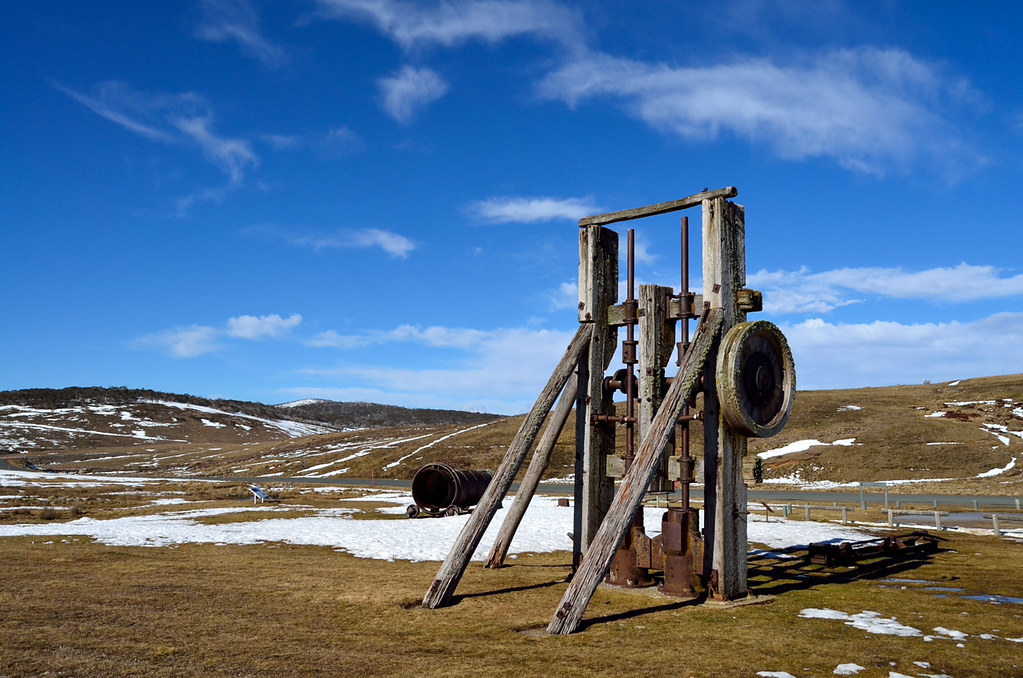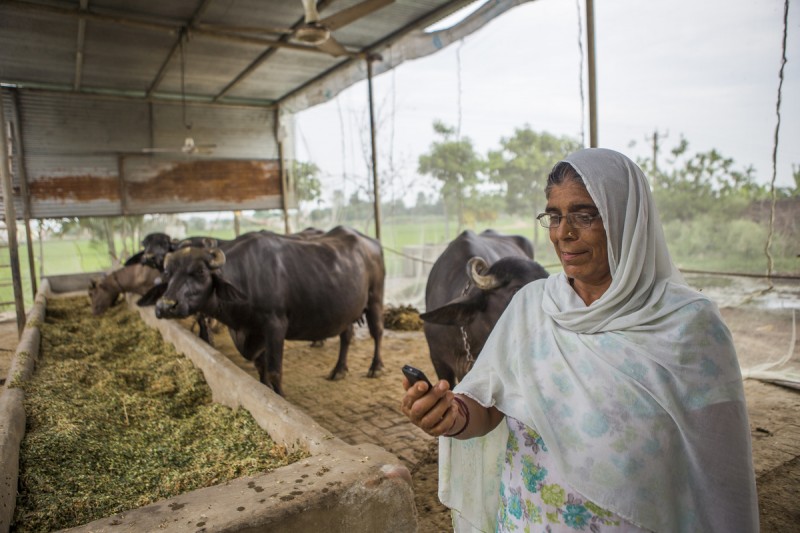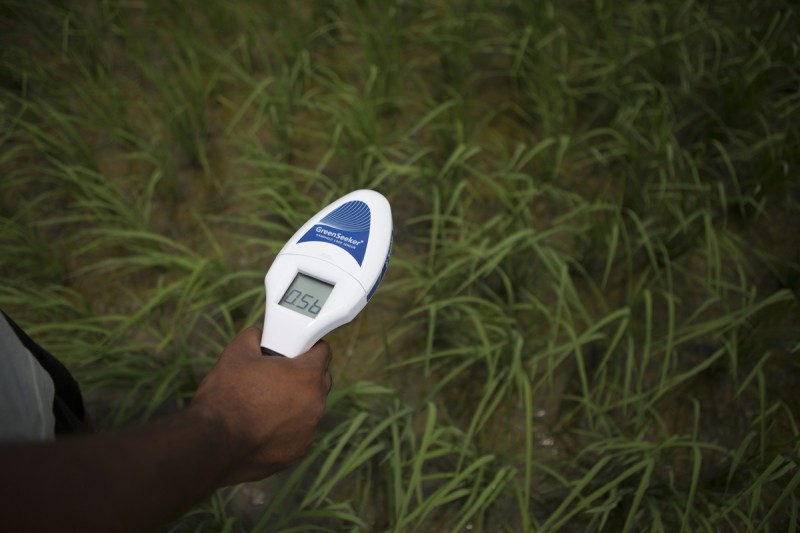 |
| Image credit Clayton State University |
In most jobs there are annual holidays you cannot use flexibly. You don't get leave when you require it most or are forced to take annual paid leave when you don't want it. But there can be other ways to deal with it. What if there is not annual leave policy. You get the leave you need as long as your boss and co-workers are ok with it and your work is not hampered. How about it?
Sir Branson wrote in his blog about the new vacation policy that has been adopted by Netflix and also by his organization, Virgin:
Branson continues:
The above are excerpts from Branson's book The Virgin Way. Blogger and social media expert Mark Hillary analyses Branson's ideas:
I think we are going forward to an era of employment which is not location based or office hour based. As long as the job is done you can shape your life according to that. That will be your ultimate work life balance.
Sir Branson wrote in his blog about the new vacation policy that has been adopted by Netflix and also by his organization, Virgin:
The policy-that-isn’t permits all salaried staff to take off whenever they want for as long as they want. There is no need to ask for prior approval and neither the employees themselves nor their managers are asked or expected to keep track of their days away from the office. It is left to the employee alone to decide if and when he or she feels like taking a few hours, a day, a week or a month off, the assumption being that they are only going to do it when they feel a hundred per cent comfortable that they and their team are up to date on every project and that their absence will not in any way damage the business – or, for that matter, their careers!
Branson continues:
The Netflix initiative had been driven by a growing groundswell of employees asking about how their new technology-controlled time on the job (working at all kinds of hours at home and/or everywhere they receive a business text or email) could be reconciled with the company’s old-fashioned time-off policy. That is to say, if Netflix was no longer able to accurately track employees’ total time on the job, why should it apply a different and outmoded standard to their time away from it? The company agreed, and as its ‘Reference Guide on our Freedom and Responsibility Culture’ explains, ‘We should focus on what people get done, not on how many hours or days worked. Just as we don’t have a nine-to-five policy, we don’t need a vacation policy.’
The above are excerpts from Branson's book The Virgin Way. Blogger and social media expert Mark Hillary analyses Branson's ideas:
What Branson is really suggesting is that employees can organise their own working life - the company can reduce the rules and bureaucracy governing the working day and both should win from this more flexible arrangement. Individual teams at the front line of a business know how many people they need to keep the ship running, so they can work out their own holiday patterns.
I think we are going forward to an era of employment which is not location based or office hour based. As long as the job is done you can shape your life according to that. That will be your ultimate work life balance.

































